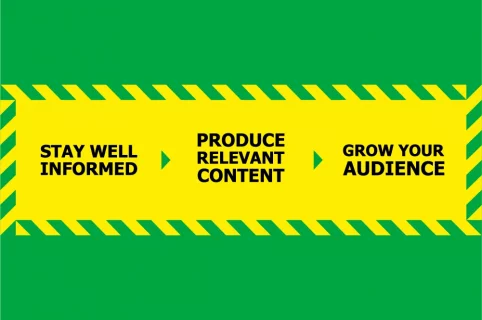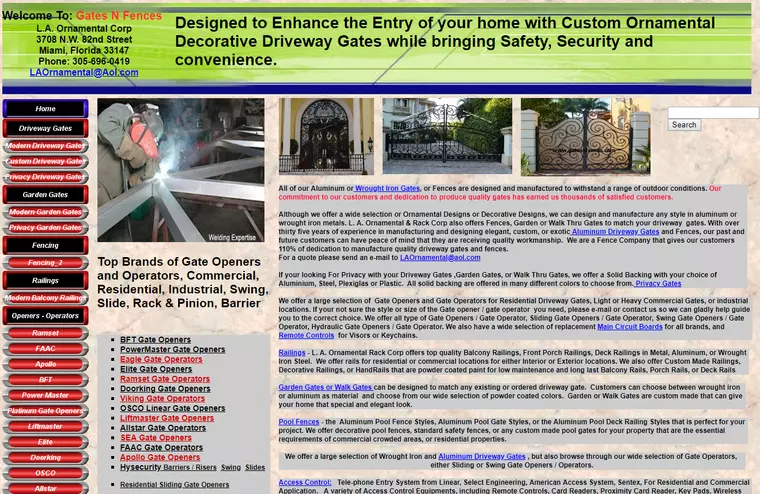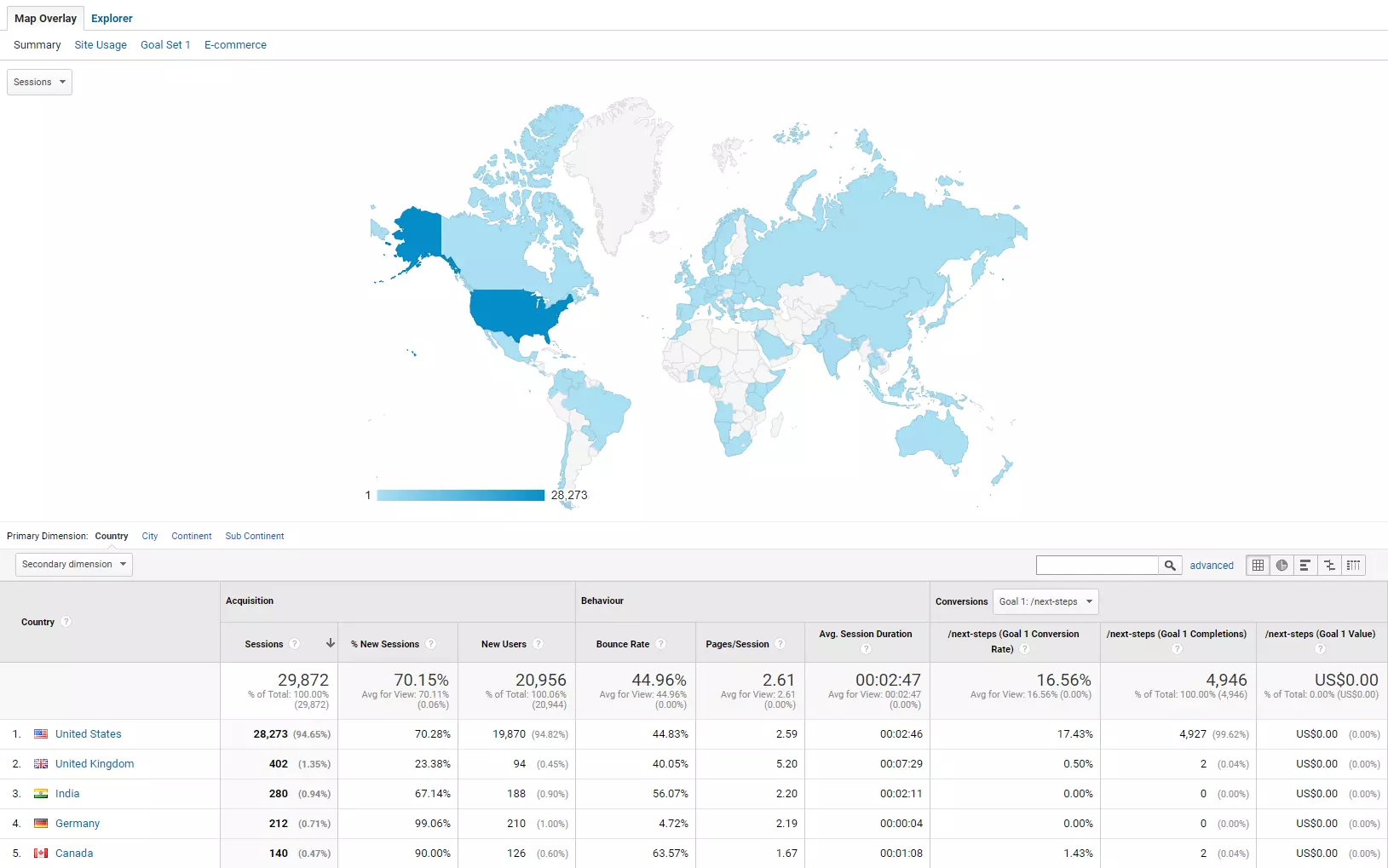
4 mins
OpenContent Marketing In The Time of COVID-19
5 mins
All good SEO campaigns aim to increase organic traffic, hoping that businesses will see a boost in profits as more customers visit the website. But what do you do if a rise in organic traffic doesn’t result in more sales leads after all?
17th June 2019

While you might assume that a rise in organic traffic would lead to a rise in sales, it doesn’t always work like that.
It’s the stuff of marketing nightmares. After several gruelling months, perhaps even years, of ups and downs in Google’s SERPs, you finally achieve the holy grail of SEO — a #1 ranking for one of your most important keywords. Knowing that almost a third of clicks go to the top organic result, you sit back and relax, waiting for the sales leads and conversions to flood through the door. Sure enough, organic traffic surges. Sales, on the other hand, do not.
Increasing organic traffic is a core aim of any SEO campaign. It helps to enhance brand awareness and credibility, offers businesses a free alternative to investing in PPC (Pay Per Click) advertising and, most importantly, drives potential new business to a website. However, while you might assume that a rise in organic traffic would directly lead to a rise in sales, it doesn’t always work like that.
If your business has a poor quality website that offers terrible user experience, chances are that most visitors will leave the site just as soon as they entered it. This, in turn, leads to a high bounce rate and countless missed opportunities to convert visitors into customers. Users may also not engage with a website that doesn’t meet their expectations, particularly if it does not provide a simple answer to their query or does not offer the product or service being sought.
Whatever the reason, there’s little benefit in attracting visitors to a website which doesn’t encourage them to make a purchase or sign up for a service. If your boost in organic traffic isn’t leading to an increase in conversions, it’s time to examine the following factors:
Potential customers use the content on your website to assess the quality of your products and services. The copy on your website also gives users an idea of your credibility and authority within a field. If your website is full of poor quality content, users will be unlikely to stick around, let alone make a purchase.
You only have a few seconds to capture the user’s attention so everything you publish on your website should be clear and succinct, highlighting all the key information in an engaging way. It’s also worth considering quantity in addition to quality. Minimal pages with little content to explain the business’s products and how they work are unlikely to encourage customer conversions.
94% of people cite poor web design as a reason to reject an online business.
On the other hand, having lots of information spread across different pages can dilute your search relevance. It’s more beneficial to have one strong consolidated page than a few pages that have the same function. The latter can lead to keyword cannibalisation where Google doesn’t know which page it should rank for a given query. An SEO agency can help you to assess content quality and determine which of your pages is driving the most effective traffic.
The aesthetic of your website is a make or break factor for user engagement. Research has shown that nearly 40% of people won’t explore an unattractive website, and almost half believe that a website’s design is the main factor determining the business’s credibility. Unsurprisingly, an unprofessional or old-fashioned website is unlikely to hold the attention of a potential customer.
A well-designed website that offers exceptional user experience should be both visually appealing and easy to use, where everything from typography to layout fits together harmoniously. Each page must display the most important information above the fold (the part of the page visibility without needing to scroll). Nothing should look too cluttered, nor should it appear too sparse.
 Poor website design and user experience can inhibit the credibility of a brand. Users are unlikely to convert if the website is dated, cluttered and difficult to navigate.
Poor website design and user experience can inhibit the credibility of a brand. Users are unlikely to convert if the website is dated, cluttered and difficult to navigate.
As with any strong brand, consistency is key. The logos, fonts, and colour schemes used across all of your company’s publications, both online and offline, must be reflected in the company website design. Failure to do so could come across as unprofessional, or confusing to the user.
It’s important that your website is set up for conversion in the first place.
94% of people cite poor web design as a reason to reject an online business. If your profits aren’t growing in line with your traffic, perhaps it’s time for a facelift. This applies to your mobile design and UX too. Though many businesses may have a beautiful website on desktop, the website’s templates could look cluttered or not be entirely responsive on mobile. Considering that 70% of internet traffic now comes via mobile, it’s never been more important for your website to look perfect in both formats.
If you’re confident in how your website looks, the problem could be with your website navigation. Even if a potential customer arrives at your website with the intention of making a purchase or registering their interest, sales won’t come if they can’t find or access the information they need.
Your website should be organised in a way that encourages a positive user journey flow between pages. Approaches may include using a shallow structure, where most of the website’s content is accessed with minimal clicks, and categorisation, which arranges content according to the topic (also referred to as content siloing). You could also add an internal search feature or incorporate breadcrumbs, a navigational tool which maps a user’s journey through a website and allows them to quickly return to pages previously viewed.
It’s also important that your website is set up for conversion in the first place. This means including clear calls to action (CTAs), prompting the user to interact with the website. Examples of these include buttons like “Sign Up” and “Buy Now”, as well as opt-in forms and links to different pages.
All of these elements will help guide potential customers through the website, boosting the chances of conversion. You could test this by asking a third-party to try and access specific content on your website. If they struggle, you should consider a full site restructure.
A boost in organic traffic will have no impact on sales if it happens to be the wrong kind of traffic, and this could relate to the keywords your website currently ranks for. If these terms are not hyper-relevant to your products or services, those accessing your website will not find what they expected and will be less inclined to convert.
Similarly, your content could be gaining traffic from a different demographic from your target audience. For instance, if you only operate within the UK, having a huge surge in traffic from the US and Canada is unlikely to lead to an increase in sales.
If you only operate within the UK, having a huge surge in traffic from the US and Canada is unlikely to lead to an increase in sales
 It’s worth checking geographical data in Analytics to understand where your traffic is coming from.
It’s worth checking geographical data in Analytics to understand where your traffic is coming from.
If you’ve noticed this pattern, it may be beneficial to reassess target keywords and consider the user intent behind each of them. Are they transactional in nature, are users looking purely for information on a topic, or do they have locational intent? For example, if a user wants to find a nice place to eat pizza in town, they will be more likely to search for “pizza restaurant near me” or “italian restaurants nearby” — not “the best pizza in town”. And while it’s beneficial to rank for terms related to what your company offers, like general pizza phrases in this example, it’s most important to focus on keywords which are more likely to be used by people in need of your services. Striking this balance means your website will not only attract organic traffic but will also generate sales.
When a surge in organic traffic doesn’t result in sales it can be difficult to identify where your website is going wrong. The issue could be caused by just one of the above factors or stem from a combination of problems. An SEO agency can help to diagnose the problem, analysing every element of your website to work out what’s holding your business back.
Having assessed content quality, UX, keyword relevance and determined which pages are driving the most effective traffic, a conversion rate optimisation strategy can be implemented to increase your chances of turning visitors into customers. An increase in organic traffic can generate an enormous sales boost, but only if your website is ready for it.